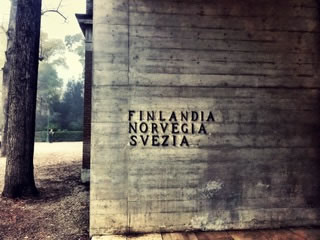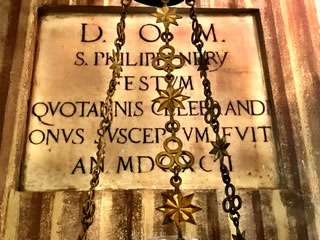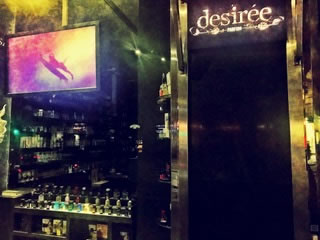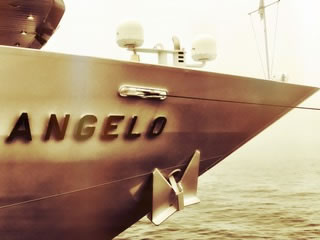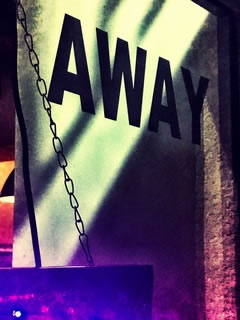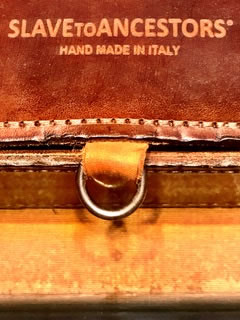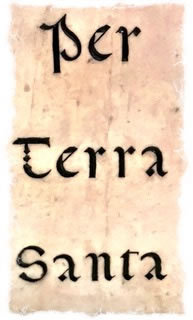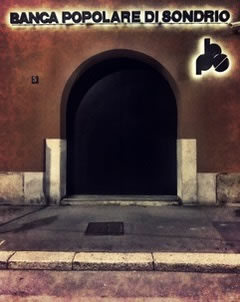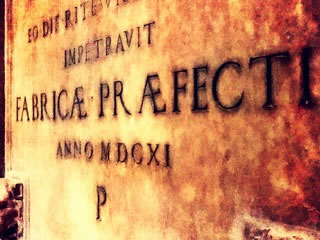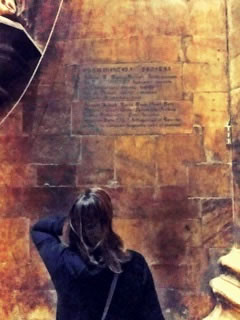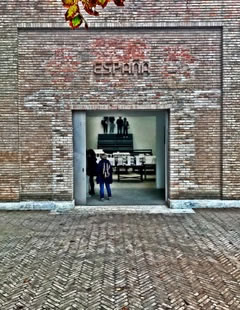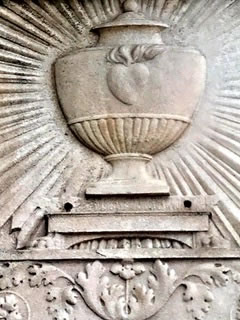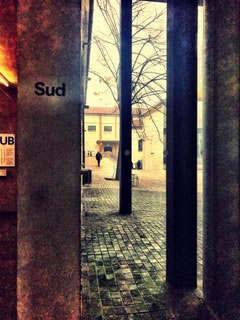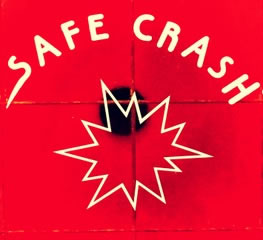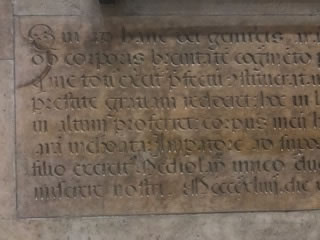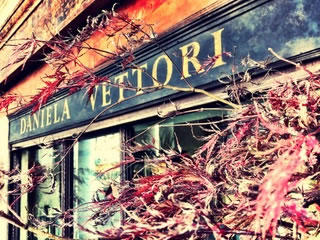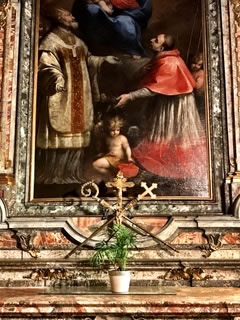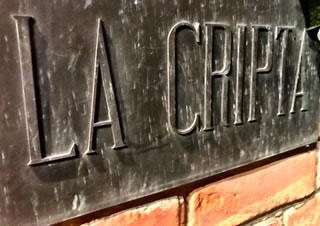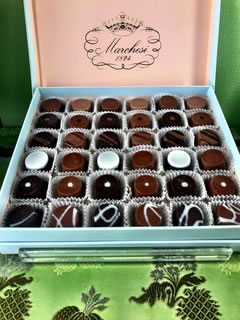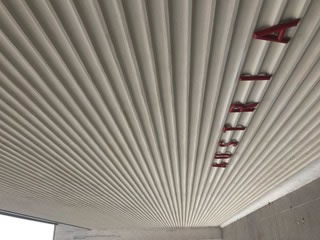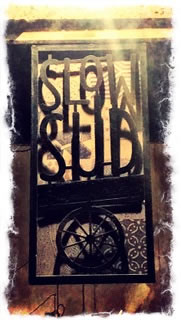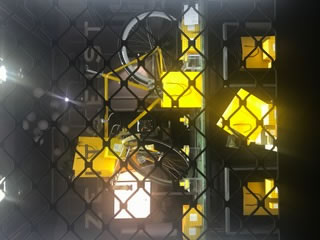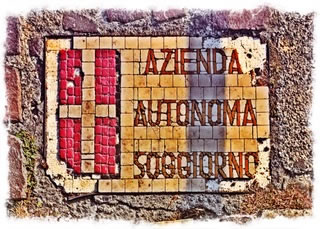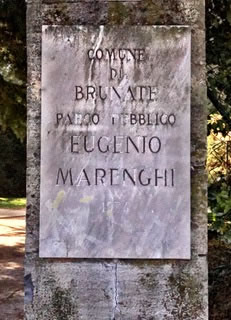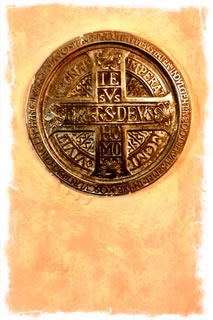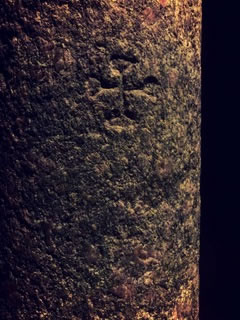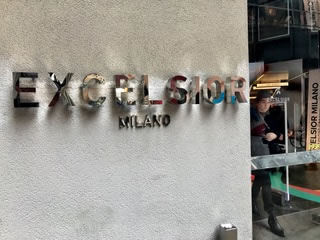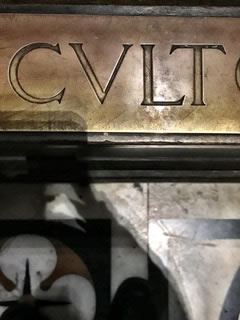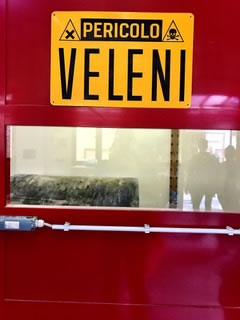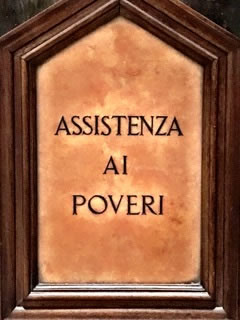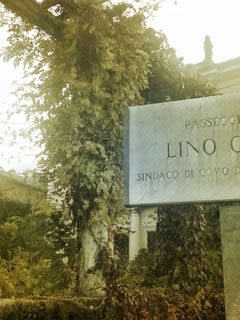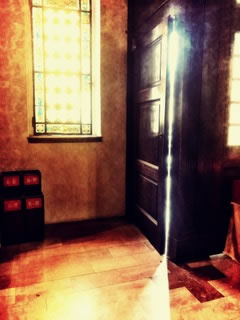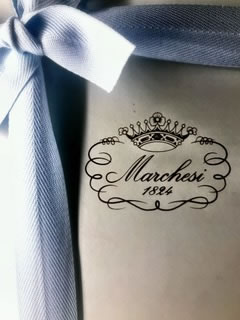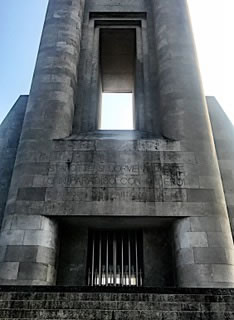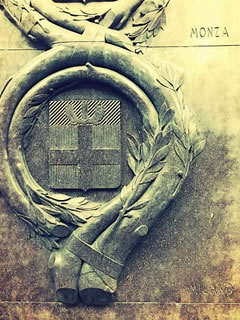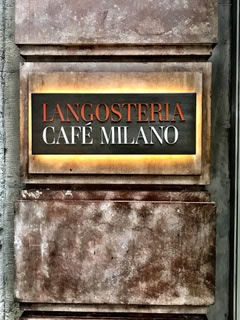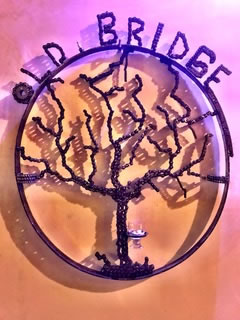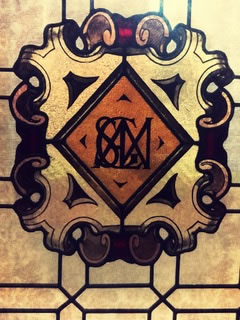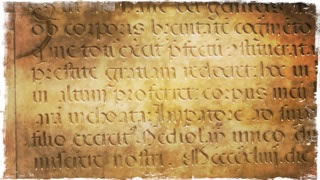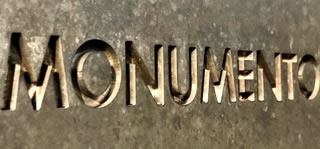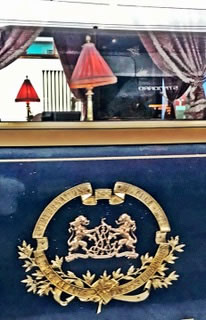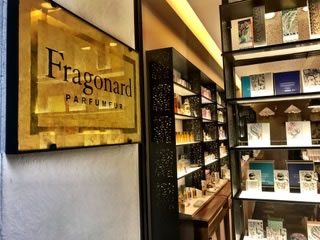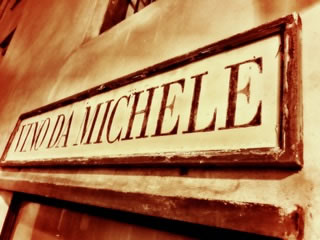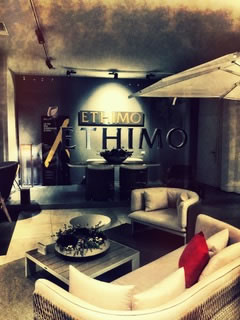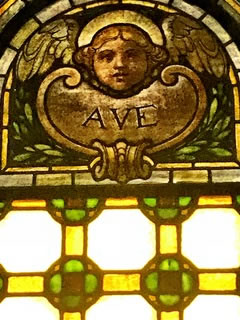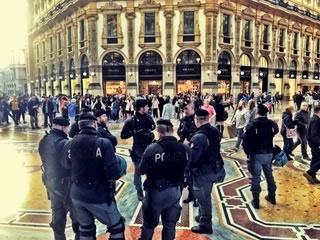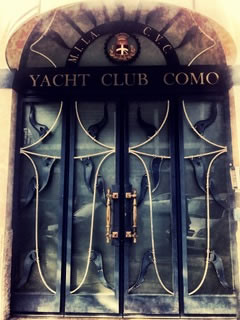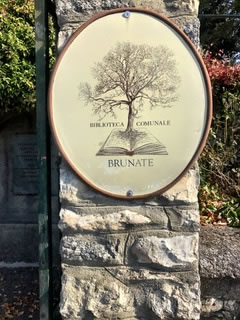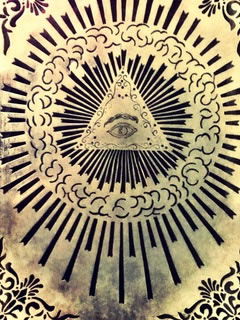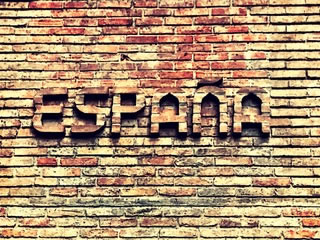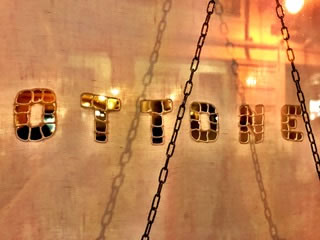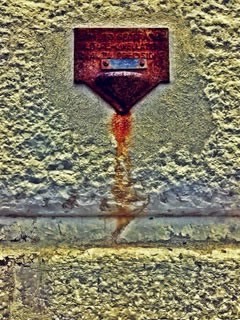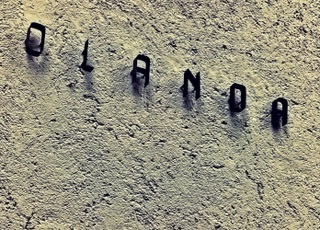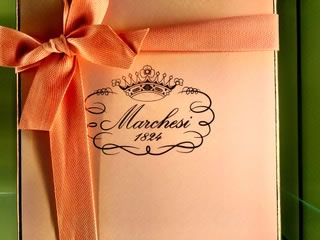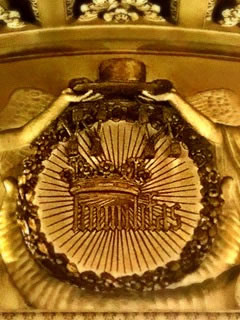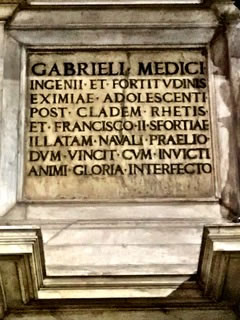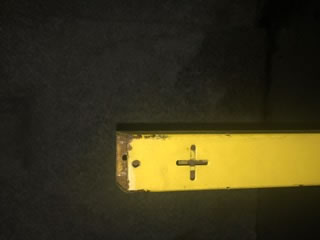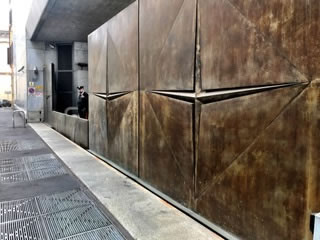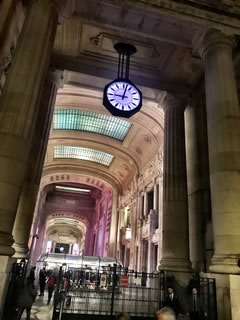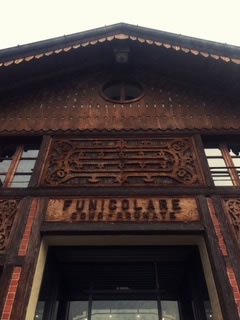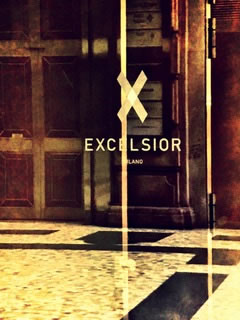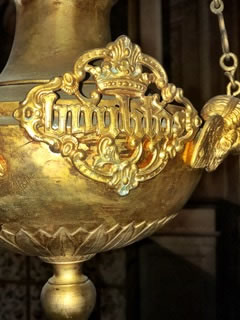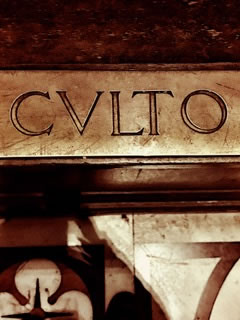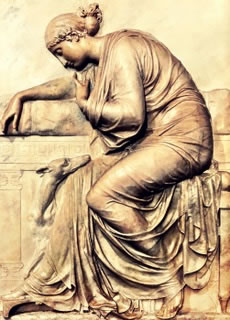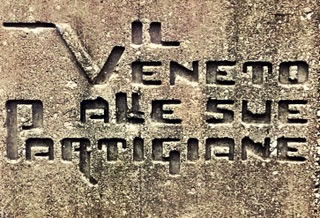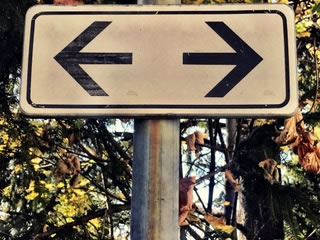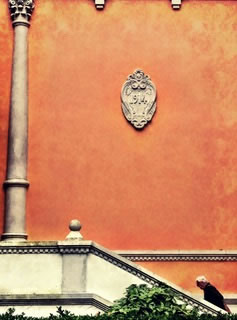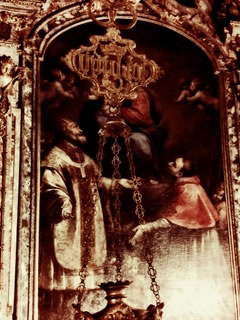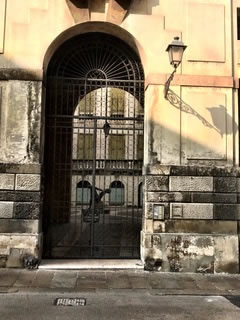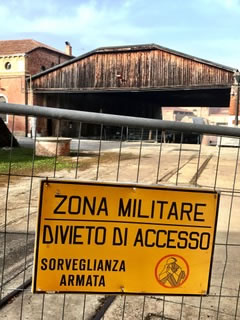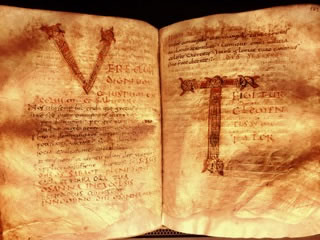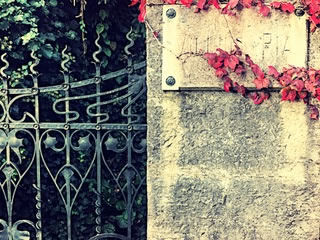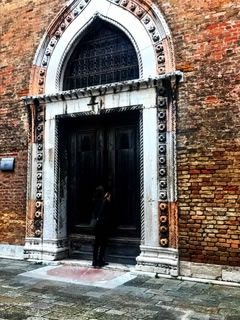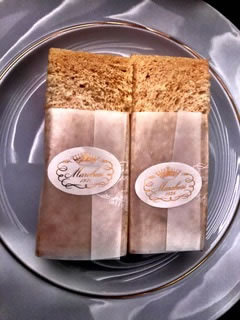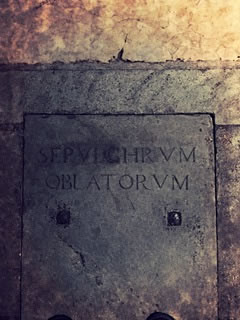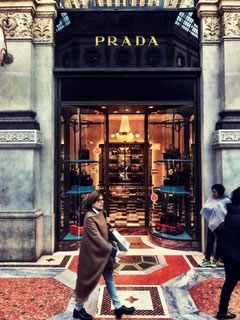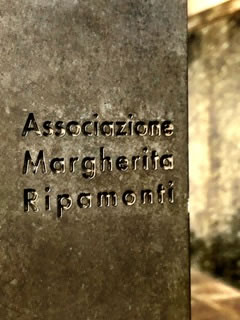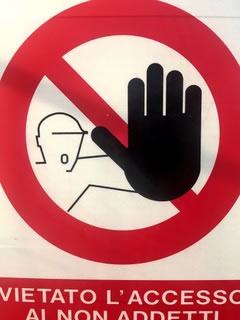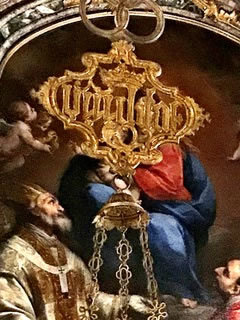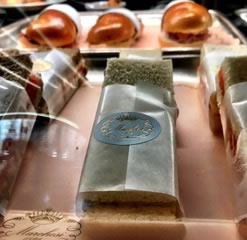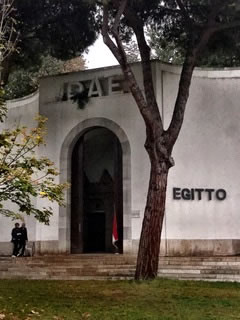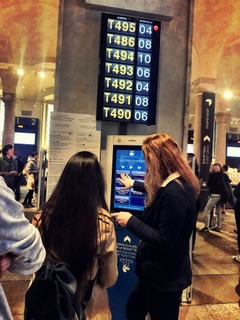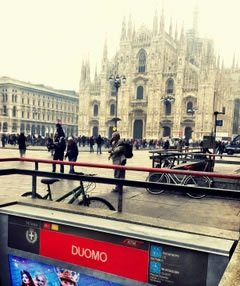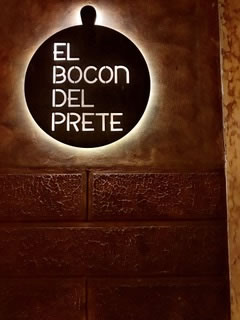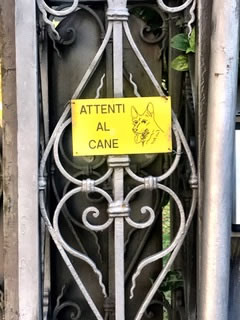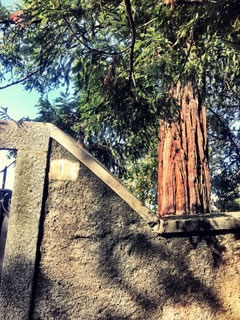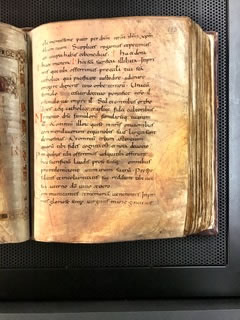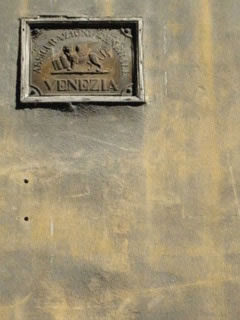
Signs are symbols of storytelling,
of legend and legacy, of badges
that reach out as cards of narrative fortune.
There are clues in the cultural rendition of the larger messages of enterprise in the form of signs — and as placards, they offer a storytelling of color, typography, materials, scale and fixturing — their fasteners and attachments, their glasswork, framing, gild-work and textural certainty — rough, crisp, grated or polished.
To each, there is a story, stone-worked or plastic-swirled.
What value in saying something, to street narrative or low-installed signing, high placards, hanging banners and wall-attached bolts of stone, inset and carved, wax-molded in hot-poured metal, talismans and amulets, messages and signets.
In my beginnings, working through college, I made extra money doing sign-painting: boats, trucks, shopfronts, motorcycles, tattoos — and signage, as in sandwich boards, placards, staked signs, window and glass work, metal lettering, cut wood—
incised and painted, road signs,
billboards and bus stations.
I did them all.
No training, per se, but I thought I could do it, would do it. And so did,
as a kind of figuring out, instruction less.
So you have to look, see out, see on: the future.
And in the looking deep into their making,
a vocabulary of form,
letter-stride — their rhythm,
materials and layering.
So I keep looking for examples of signing —
letters that speak to a story,
that tell more in their dimensionality— their materiality, texture and color.
It’s a word, it’s a type of word, it’s a type of letter that lustrates, that shines to an ideal; yes, illustrates the telling of a dense narrative: it’s not just type, it’s the combination of all the industrial elements, as an emblem to an ideal. The sign is that form that holds a card out to a visitor, a street goer, a traveller, a seeker — those that look to find something. A sign opens the telling.
As you know, we still look for more — a touch of metal, a turn of material, an embossment, and incisive impression; and our work would be about the hand turns that articulate that ideation, and brings that into form, well told.
Northern Italy, I look around, from the countryside to the city, from village-way cobblestone, to the urban fanfare of the Biennale de Venezia, crafts, metal workers and shopkeepers. Signs newly made. Signs hundreds of years old. I looked for all.
Here,
they become
a patterning.
Such a lexicon of types and typographies,
symbols, forms of installations, materials and textures.
Journey, story told, conception made, cut and culled to
promise, portend, protect, proclaim and pronounce —
the legend in the making.
Tim | GIRVIN | Seattle Waterfront
––––
Crowdweaving innovation >
ideation, charrettes + brand events
Girvin BrandQuest® | goo.gl/yAquKQ

